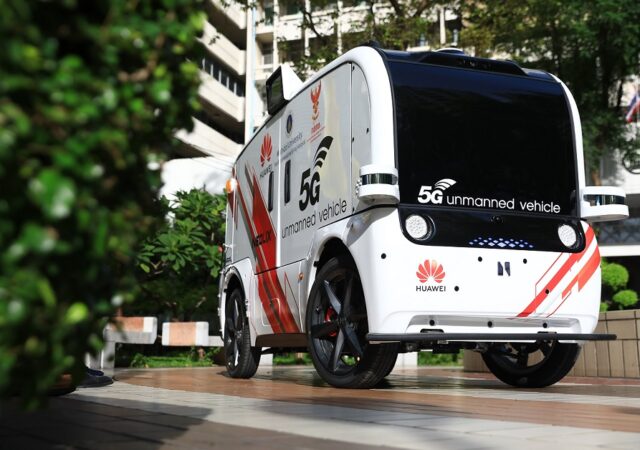AirAsia has launched its ride hailing service, airasia Ride, in Bali. Starting November 2nd, locals and tourists in Bali can book a car ride through the airasia Super App with exciting introductory promos. The launch of airasia Ride in Bali…
Self-Driving Vehicle Comes to South East Asia Courtesy of HUAWEI
HUAWEI brings 5G supported autonomous vehicle technology to Thailand. The driverless vehicles will serve in the healthcare segment.




